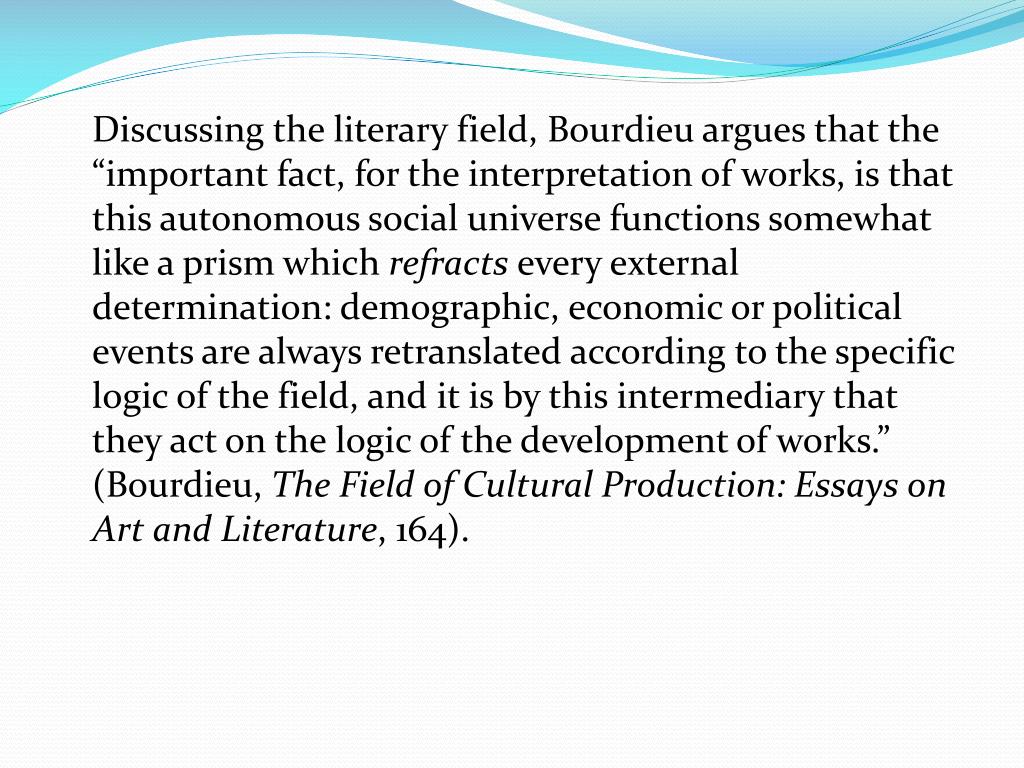

They were the least likely to visit museums or read books. Industrial workers with associates degrees preferred listening to Edith Piaf, paintings by Renoir and eating at buffets.Graphing responses according to social markings revealed fascinating patterns.

Bourdieu's team of researchers asked participants about tastes in music, literature, movies, art, and food. Yet, Bourdieu's data and cogent analysis seem to confirm the comparison.įirst published in 1979 in French, Distinction is based on an extensive survey of 1,217 adults from a variety of social backgrounds, careers, and levels of education.

The notion that Jacques-Louis David and Pollock could share the same audience seemed laughable at the time. The intended audiences were the elite and hyper-educated. "Taste classifies, and it classifies the classifier."ĭistinction was recommended to me by a professor who made the argument that abstract art and neoclassicism had essentially the same goals and audience: both genres were far-removed from reality and steeped in symbolic messages. So, when the social scientist Pierre Bourdieu published Distinction: A Social Critique of the Judgement of Taste, he was considered an elitist snob. education, wealth, social connections) seems patronizing at best. But claiming a preference for Bach or Bruce Springsteen can be directly correlated with one's social status (e.g. It is no surprise that taste and knowledge sometimes go hand in hand.


 0 kommentar(er)
0 kommentar(er)
